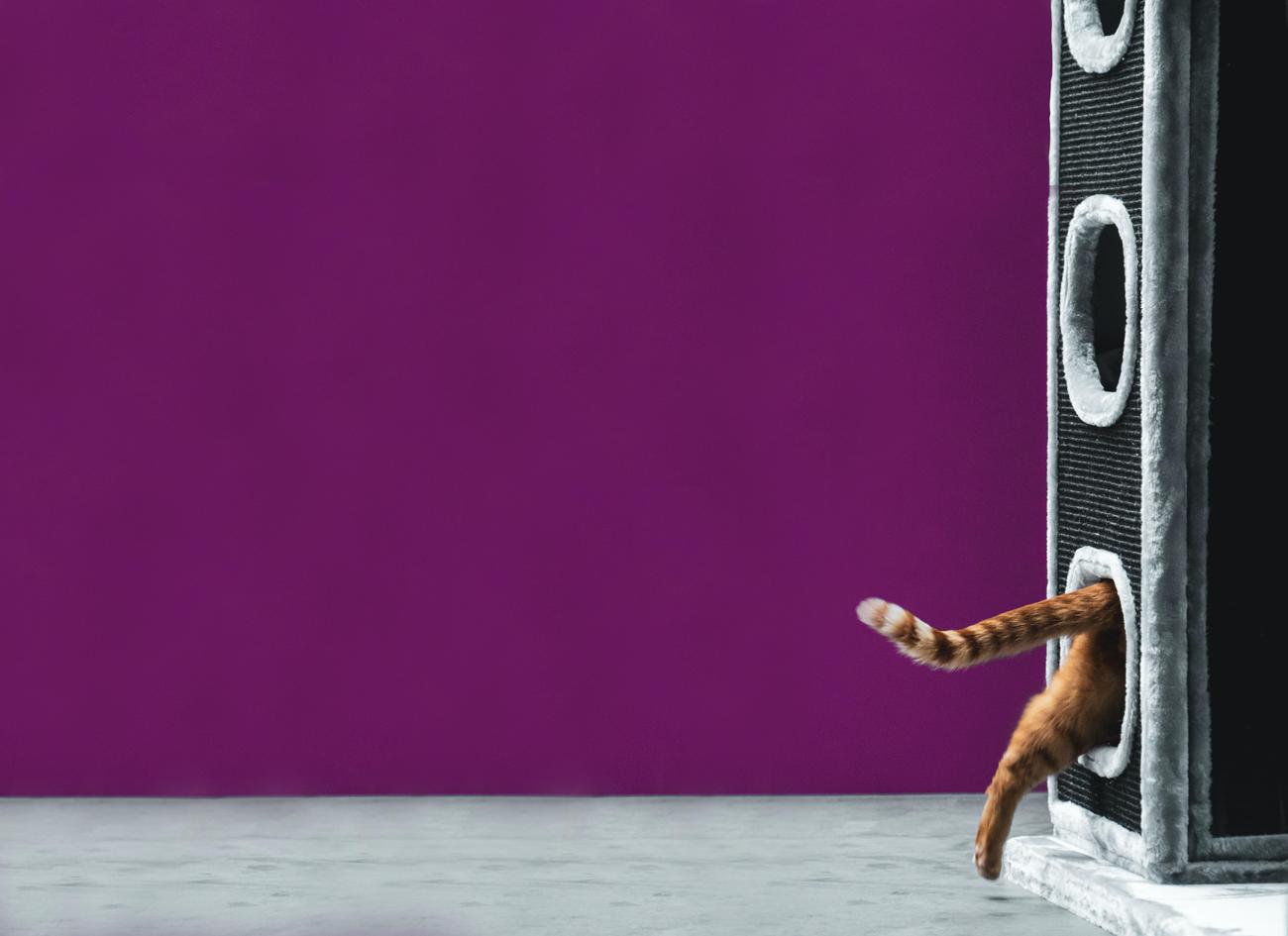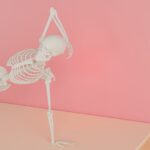Are you ready to embark on a journey that will unveil the hidden marvels within our backs? Brace yourself, because this article is about to take you on an exhilarating ride, revealing fascinating tidbits about the intricate anatomy and physiology of our spines. As an experienced medical professional with a deep fascination for the back, I have dedicated years to unraveling its secrets. Prepare to be captivated as we delve into the mesmerizing world of the backbone and discover the remarkable tales hidden within its complex framework. Get ready to unlock a whole new level of appreciation for the incredible marvel that is our back.

Fascinating Tidbits About the Back
Our backs are an extraordinary part of our body, supporting us, protecting our spinal cord, and allowing us to move and bend. But did you know that there are many fascinating facts hiding within this complex framework? Let’s unravel some of these hidden marvels and delve into the world of the back.
The Backbone of Our Body
The spine, also known as the backbone, serves as the central pillar of our body. Made up of 33 individual bones called vertebrae, it provides stability and flexibility. Each vertebra is separated by intervertebral discs, which act as shock absorbers, allowing us to move and perform various activities with ease. So next time you twist, turn, or bend, remember that your backbone is hard at work, supporting your every move.
“Our backbone, composed of 33 vertebrae, is like a strong pillar that enables us to stand tall and move with grace.”
The Curious Design of the Human Spine
Have you ever wondered why the human spine has a natural curve? Well, it turns out that these curves serve a purpose. The S-shaped curve of our spine helps evenly distribute our body weight, reducing stress on specific areas. The cervical (neck), thoracic (upper back), and lumbar (lower back) curvatures work together to maintain balance, absorb shock, and prevent injury. This impeccable design showcases the remarkable adaptability and efficiency of our backs.
“Like a skilled acrobat, our spine gracefully curves to distribute our body weight and protect us from potential harm.”
The Strongest Muscle in the Human Body
While many people may believe that the back muscles are the strongest in the body, the true title belongs to the masseter muscle—the muscle responsible for our jaw movement. Although the back muscles are not the strongest, they are undoubtedly some of the most powerful. The large muscles in the back, such as the erector spinae and latissimus dorsi, play a crucial role in maintaining posture, supporting the spine, and facilitating movement.
“Although not the strongest, our back muscles are like a hidden powerhouse, working tirelessly to keep us upright and mobile.”
Introducing the Longest Nerve
Have you ever heard of the sciatic nerve? This intriguing nerve holds the distinction of being the longest in the human body, extending from the lower back down through the hips and buttocks, and branching out through the legs. It plays a vital role in connecting our spinal cord to the lower limbs, allowing for movement, sensation, and reflex actions. So next time you take a step or feel a gentle touch, remember it is the sciatic nerve at work.
“Stretching like a vital lifeline down our legs, the sciatic nerve connects our brain to our lower limbs, enabling us to walk and feel the world around us.”
The Melody of Back Cracking
You’ve probably experienced it yourself or heard others cracking their backs. But have you ever wondered what causes that satisfying, yet slightly eerie sound? Well, when you crack your back, you’re actually creating small bubbles of gas within the synovial fluid surrounding your joints. This release of gas produces a popping sound. While cracking your back may provide temporary relief, it’s important to do so safely and within a comfortable range of motion.
“Cracking your back is like playing a musical note—a symphony of bubbles forming and releasing, creating a temporary sense of relief.”
The Astonishing Healing Power
Our backs have an incredible ability to heal and regenerate. Unlike some other body parts, such as the heart or brain, the vertebrae have a remarkable capacity to repair themselves. This healing process involves the recruitment of specialized cells that produce new bone tissue, gradually restoring strength and integrity to the damaged area. So even if you experience back pain or injury, remember that your body possesses an innate ability to heal and rejuvenate.
“With an astounding regenerative power, our backs are like a phoenix rising from the ashes, healing and renewing themselves from within.”
The Marvelous Complexity of the Back
The back is a truly fascinating part of the human body, filled with intricate details and awe-inspiring capabilities. From the delicate alignment of vertebrae to the powerful muscles and nerves, every component works harmoniously to support and facilitate our movements. Understanding and appreciating the marvels of our back can deepen our appreciation for the incredible design and functionality of our bodies.
“Our back is a symphony of complexity, showcasing the wonders of human anatomy and the extraordinary capabilities within.”
So next time you feel a twinge or experience the incredible freedom of movement, take a moment to marvel at the intricate wonders woven within your back. From its elegant curves to its regenerative power, the back is a true testament to the marvels of the human body. Embrace its strength, cherish its flexibility, and explore the fascinating tidbits that make it one of the most remarkable parts of our being.
Please note that these facts should not be considered medical advice. If you have any concerns about your back or spinal health, it is always best to consult with a qualified healthcare professional.
Here is an example of an active internal link along with the anchor and URL:
“Are you interested in learning some astonishing facts about backs? Discover the incredible truths about the human back and its remarkable capabilities. From its intricate structure to its vital role in our everyday movements, these facts will leave you in awe. Don’t miss out on this fascinating read – dive into the world of backs here: Facts About Backs.”

FAQ
Question 1: What are some interesting facts about the anatomy of the back?
Answer 1: The anatomy of the back is truly fascinating. Did you know that the human spine is made up of 33 vertebrae? These vertebrae are divided into five regions: cervical, thoracic, lumbar, sacral, and coccygeal. Each region plays a crucial role in supporting our body and allowing for movement.
Question 2: How does the back contribute to our overall health?
Answer 2: Our back is not just a structural component but also vital for our overall health. It houses and protects the spinal cord, which is responsible for transmitting signals between the brain and the rest of the body. Additionally, a healthy back ensures proper posture, balance, and flexibility, reducing the risk of injuries and improving quality of life.
Question 3: Can you share some intriguing facts about back pain?
Answer 3: Back pain is a common ailment that affects millions of people worldwide. Here’s an intriguing fact: Did you know that back pain is the leading cause of disability globally? It can be caused by various factors such as muscle strains, herniated discs, or underlying conditions. However, proper posture, regular exercise, and ergonomic practices can help prevent or alleviate back pain.
Question 4: Are there any surprising connections between the back and other parts of the body?
Answer 4: Absolutely! The back is intricately connected to various systems in our body. For instance, the nerves branching out from the spinal cord in the back not only control our body movements but also affect our organ functions. Issues in the back can sometimes manifest as pain or discomfort in other areas, highlighting the far-reaching impact of back health on our overall well-being.
Question 5: Are there any lesser-known back-related facts that might surprise us?
Answer 5: There are indeed many lesser-known back-related facts that might surprise you. Here’s one to pique your curiosity: Did you know that the spine is stronger than steel? Pound for pound, the human vertebral column can bear more weight than many other materials. This incredible strength showcases the back’s extraordinary design.
- Georgia Platform: A Southern Strategy, 1850s - March 31, 2025
- How many weeks is 40 days: Quick Conversion Guide for Accurate Results - March 31, 2025
- How many feet is 300 meters? 984 Feet: Understand Length Conversions Easily - March 31, 2025
















